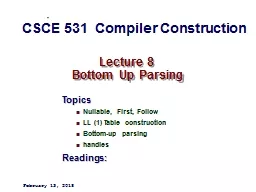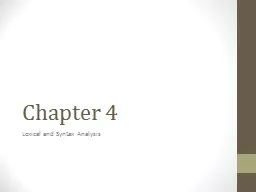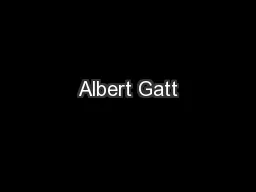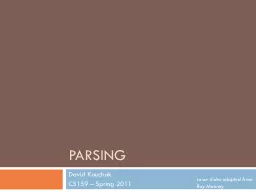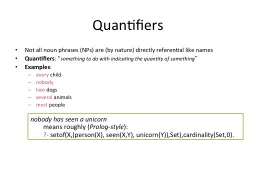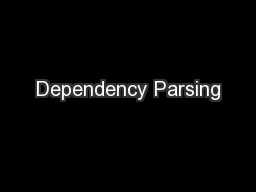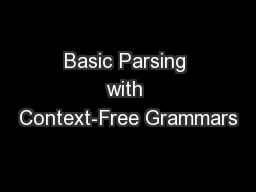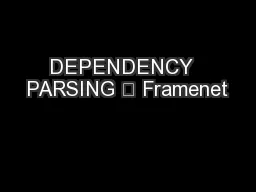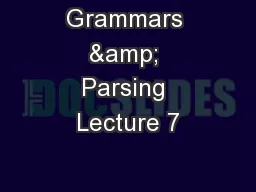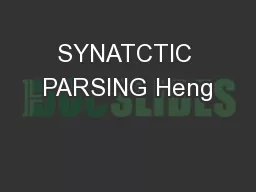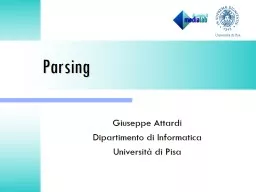PPT-Lecture 8 Bottom Up Parsing
Author : tatyana-admore | Published Date : 2018-11-18
Topics Nullable First Follow LL 1 Table construction Bottomup parsing handles Readings February 13 2018 CSCE 531 Compiler Construction Overview Last Time Regroup
Presentation Embed Code
Download Presentation
Download Presentation The PPT/PDF document "Lecture 8 Bottom Up Parsing" is the property of its rightful owner. Permission is granted to download and print the materials on this website for personal, non-commercial use only, and to display it on your personal computer provided you do not modify the materials and that you retain all copyright notices contained in the materials. By downloading content from our website, you accept the terms of this agreement.
Lecture 8 Bottom Up Parsing: Transcript
Download Rules Of Document
"Lecture 8 Bottom Up Parsing"The content belongs to its owner. You may download and print it for personal use, without modification, and keep all copyright notices. By downloading, you agree to these terms.
Related Documents

